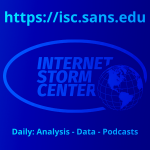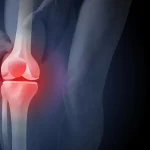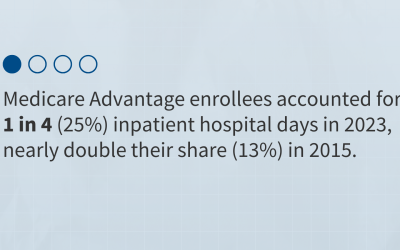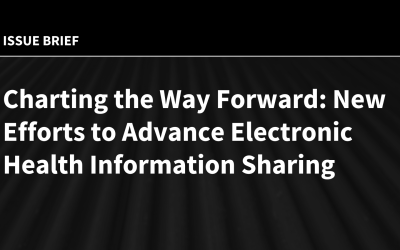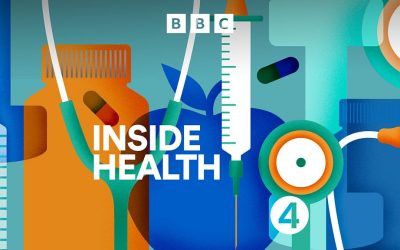
Scientists found a new way to turn sunlight into fuel
A research team from the University of Basel, Switzerland, has developed a new molecule modeled on plant photosynthesis: under the influence of light, it stores two positive and two negative charges at the same time. The aim is to convert sunlight into carbon-neutral fuels. Plants use the energy of sunlight to convert CO2 into energy-rich…



